More Fallout
It seems that now, roughly six weeks later, the company is revising its target from up 10% y/y to flat y/y, although stating that it will, still outperform the industry by 10%, leaving its ‘cautious optimism’ about the 2nd half, where it was counting on back-to-school, holiday shopping, and pent-up demand to help it meet its former targets. The company gets ~66% of its revenue from PCs with the remainder from components such as motherboards and graphics cards, which it expects to decline 10% to 15%, against the 10% decline for PCs in 2Q.




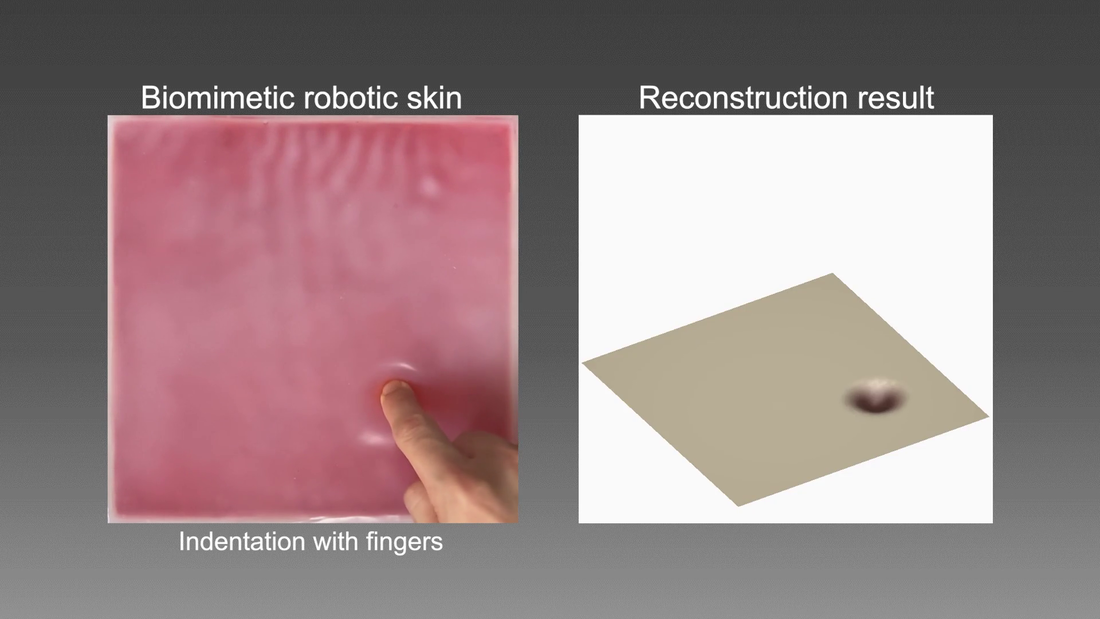
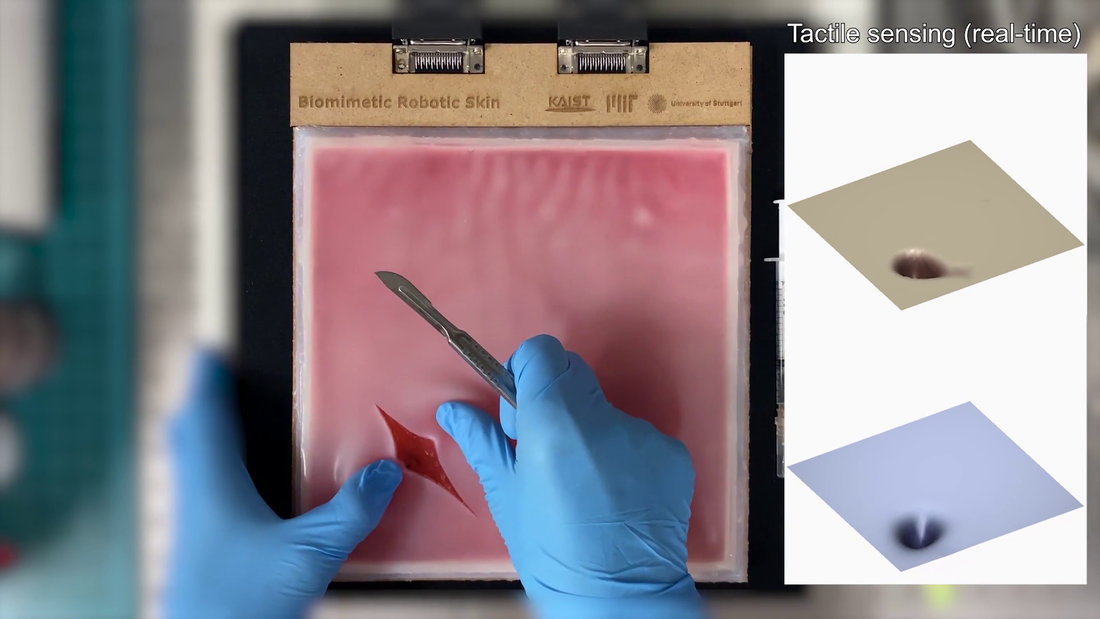
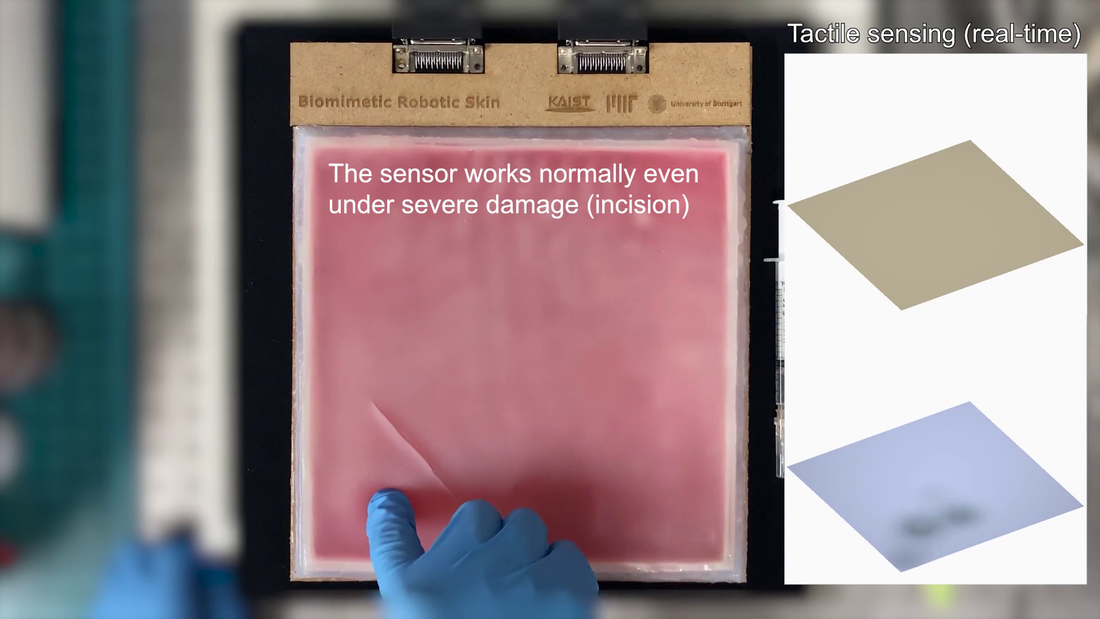
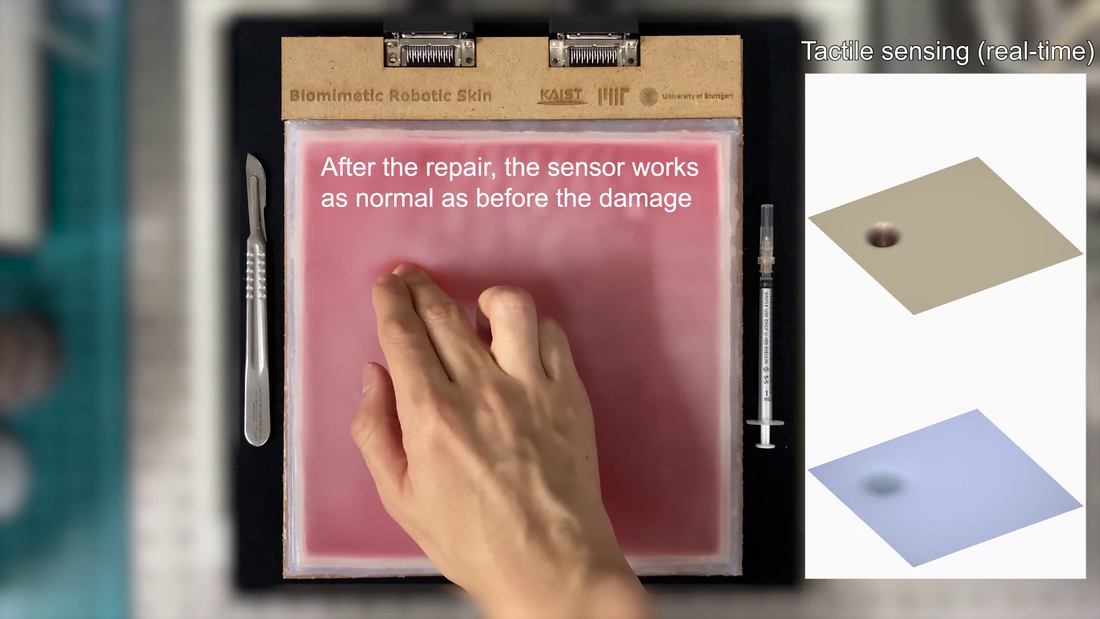
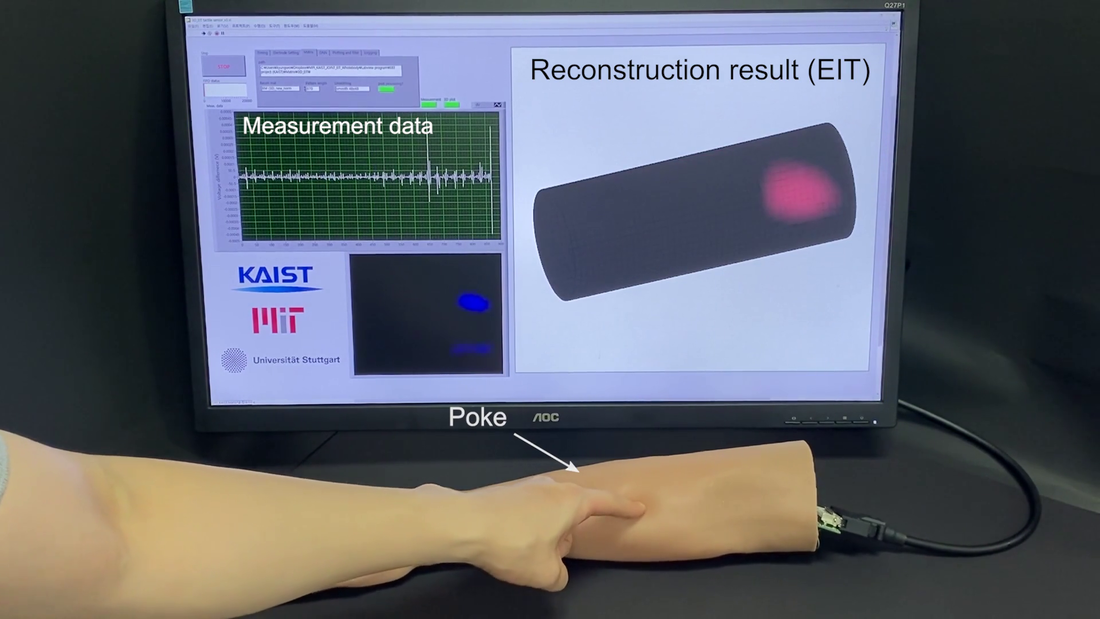






 RSS Feed
RSS Feed